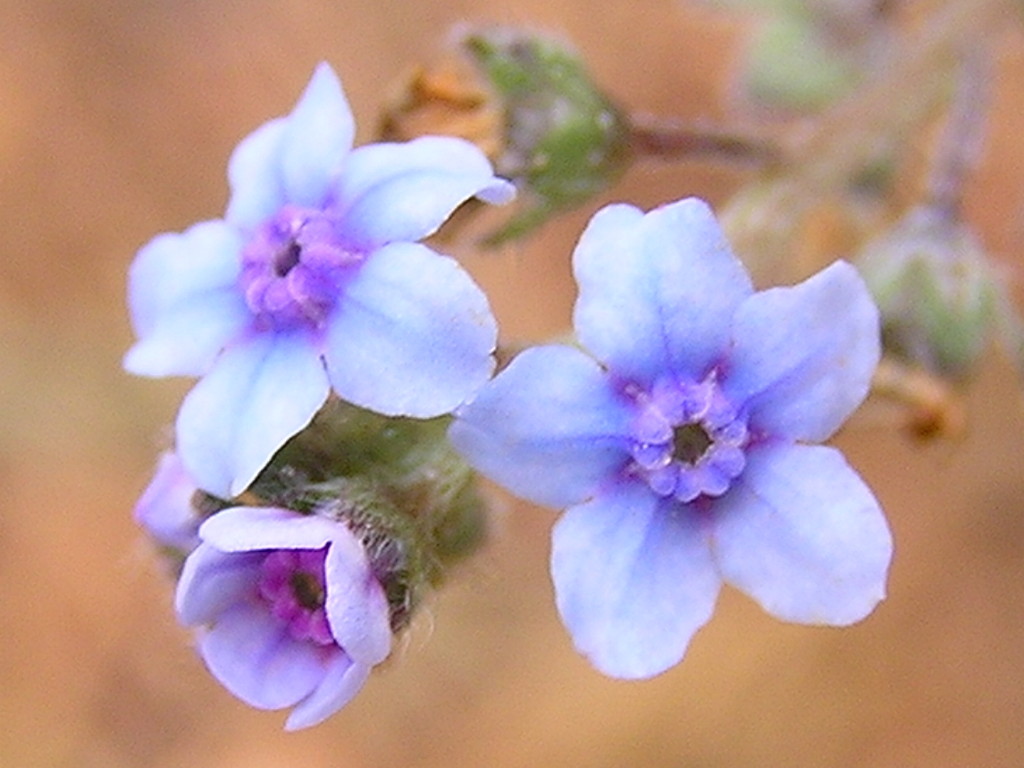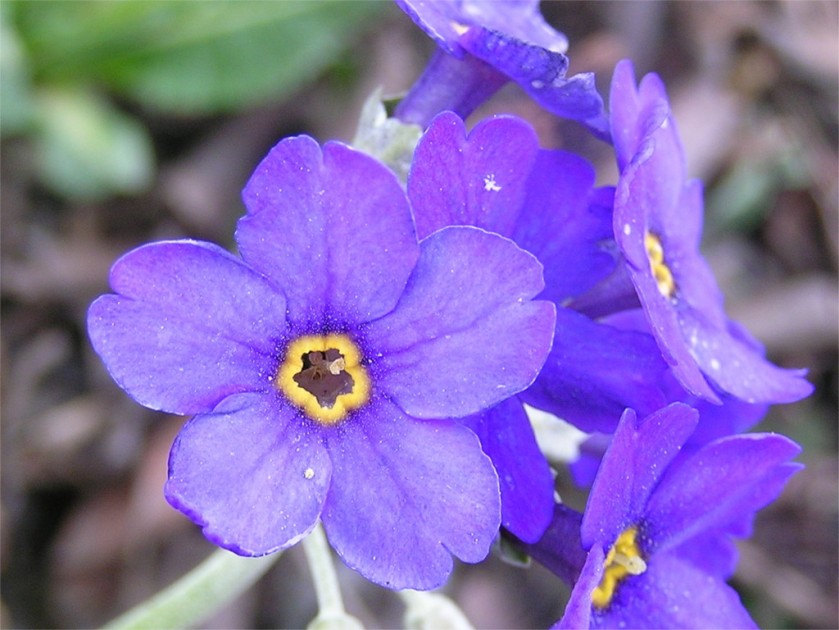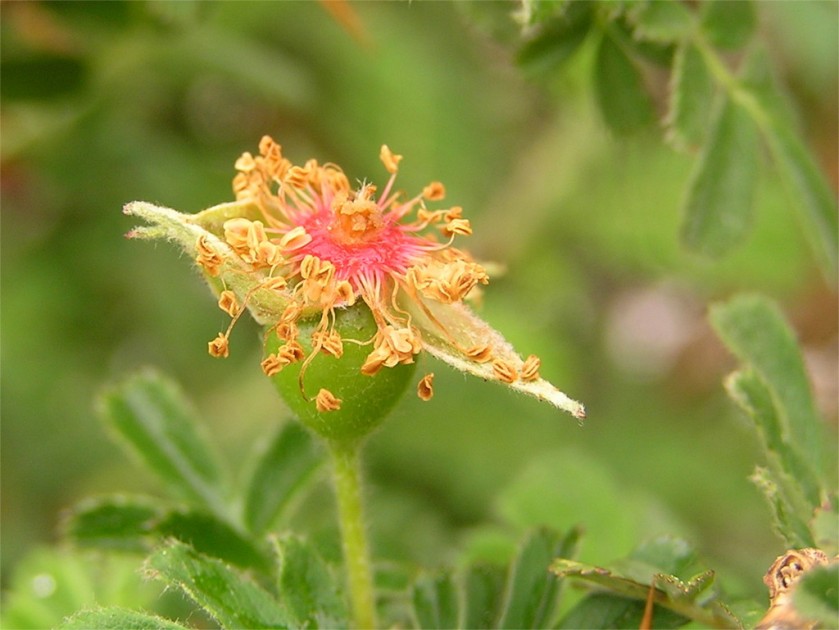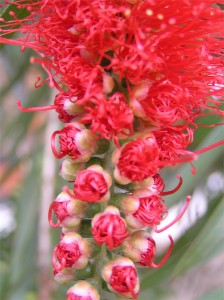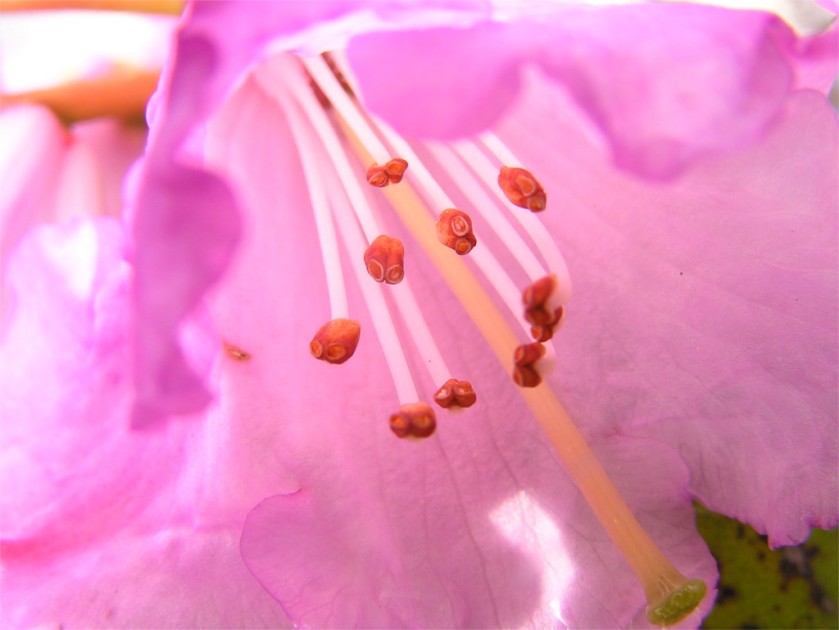Bhutan’s traditional religious paintings appear in many places. Trucks bear the image of the lotus (padma or pema). The tiger, the snow lion, the dragon and the Yamantaka are seen in murals in temples as well as people’s homes. Dzongs, monasteries and temples contain magnificent murals. A sampling of these is in the gallery below (click to see a slideshow).
Tag: Paro
A mountain life is hard
Now and then The Family asks me, “Why don’t we leave Mumbai and go live in the mountains?” The question is not always rhetorical. I have to suppress my impulses and give a rational answer, which is that “Living is hard at the heights we would like to live in”.
There are few people, and fewer roads. Everything you want will have to be brought up from the plains. For a large part of the way it will come by truck. But eventually it will be brought up by mules, and at the very end by people. Can we do it? I don’t have to ask the rhetorical question, because we both know that the answer is no. We are good for ten days around an elevation of 4000 meters. Maybe we can stretch it to a few weeks, but then we would come back to the plains.
The beautiful and serene Kyichu Lhakhang, Bhutan’s oldest temple (photo above), stands right next to the cluster of buildings where I took the featured photo. This temple was built in the 7th century CE by the Tibetan king, and Padmasambhava is said to have visited the temple less than a century later. One of the wonderful stories about Kyichu Lhakhang is that the two orange trees which you can see inside apparently bear fruit all year round. Seeing the temple, and hearing these stories, one still has to remember that it was hard manual labour which built places like this.

When we left the Lhakhang and came back to Paro, our car fell in behind this pick-up truck. The temple dancers sitting in the back turned their masked head to look at me as I took photos. Which tsechu had we missed? The only dances in May are the Domkhar Tsechu and the Ura Yakchoe, both far away in Bumthang. I don’t think these masks were for either of those. If I knew the culture of Bhutan better I would have been able to tell from the masks which festival the two were dressed for. Perhaps another trip is called for; it has been nine years, after all.
People of Bhutan
Thinking of Bhutan brings back memories of a wonderful country with gentle and friendly people. As tourists we probably saw a larger proportion of monks than there actually are in the population. Also, we saw much more of the countryside than the city. Still, I hope the slide show below captures a not-unreasonable cross-section of the people of Bhutan. Click on any of the photos to start the slide show.
A Himalayan Spring
We flew in to Paro on a wet and gloomy morning. This was the most wonderful weather that we could think of. The previous night in Kolkata had been hot and sultry, like Mumbai. A place where spring means something was wonderful. Paro is at an elevation of only 2300 meters, so the local wild flowers are likely to be similar to Europe. I initially mistook the flower in the featured photo for a Forget-me-not. It is not that, but I don’t know what it is.
Just outside the airport we began to see flowers growing wild. This small but beautiful white flower was very common. I think this is some kind of a Himalayan wild rose. (I later found that it is the Himalayan musk rose, Rosa moschata.)
When I saw my first Forget-me-not of the trip, I realized that it is hard to mistake it for something else. The problem is that you can mistake something else for it.
I saw this hardy little weed growing out of a crack in a metalled road. It was doing well enough to flower. Looking at the photo now, after almost a decade, I realize that the camera I had then was much better suited to macros than the one I have now.
This flower stumped me. All I remember about this is that it would grow into a small green fruit; the bush was full of them. I don’t know whether it is edible, or what it is called.
This flower is another enigma. Even more so than the previous one, since I do not even remember where in Paro we saw it.
We had to wait in Paro for a day for the rest of our group to meet up with us. We took our car and drove up to Chele La. At a height of 3700 meters above sea level, this is the highest motorable pass in Bhutan. On our trip to Bhutan the previous year, we came to Chele La on the last day of the trip. Now, more or less just off the plane, I realized that I was not yet comfortable at this altitude. No headache, but I had to move slowly.
A species of primrose called Primula denticulata grows widely in higher parts of Bhutan and Sikkim. The long stalks of the plant with a globe-like inflorescence could be seen in many of the meadows. It is a beautiful colour when it catches the sun.
The star of the season at these altitudes is the Rhododendron. You get it in all shades from white to dark red. Here is a close up of a pink rhodo. There were large groves of Rhododendron around the road as soon as we left Paro, and they came up fairly close to the top of the pass. We would see them again and again as we travelled through Bhutan than May.
I was happy, but The Family was very sad. The previous year we had our first view of Khalij pheasants near Chele La. As we drove back down, we saw a pair run across the road and disappear. Now we were both equally happy.
The most Dangerous Airport in the World
I first heard about Paro airport from a friend’s son. When he was ten years old, he was addicted to flight-simulator games, and Paro was a legendary airport to him and his little group of enthusiasts. I first learnt from him of the extremely steep angles of approach and take off, needed because Paro is a deep valley, at an altitude of 2300 meters, surrounded by peaks which are over 5000 meters high. This was not all, he said, it had a short runway, and the approach had to wind through a safe path between mountains. Interestingly, since the beginning of civilian flights in 1983, Paro airport has not had a single accident.
A few years later, I was in a party of four who flew in for our second visit to Bhutan and saw all this first hand. On our previous visit we had taken the road up from Phuentsholing on the Indian border. The flight took off in the early morning from Kolkata. Later I realized why. The pilots make a visual approach, and have to return to Kolkata and be ready to try again the same day if the weather turns bad.
Our flight was uneventful. We had a clear view of the massive summit of Mount Everest. Auguries are part of the culture of Bhutan, and the calm and majestic view of Chomolungma augured well for our trip. The uneventful trip included a hair-raising descent to Paro airport. We could clearly see the mountain walls which seemed to hang just outside the windows of the cabin. The plane twisted and turned through the valley of the Paro river until it came down to a perfect soft landing at the airport. The small cabin broke into applause. It was well-deserved, the pilot was one of the handful who are qualified for Paro airport.
Bhutan, with its population of half a million, was a refreshingly informal place. We could stay on the apron and admire breathtaking views of the walls of mountains rising around us. Eventually we moved into the squeaky-new airport terminal, got our visa and moved on.






































































